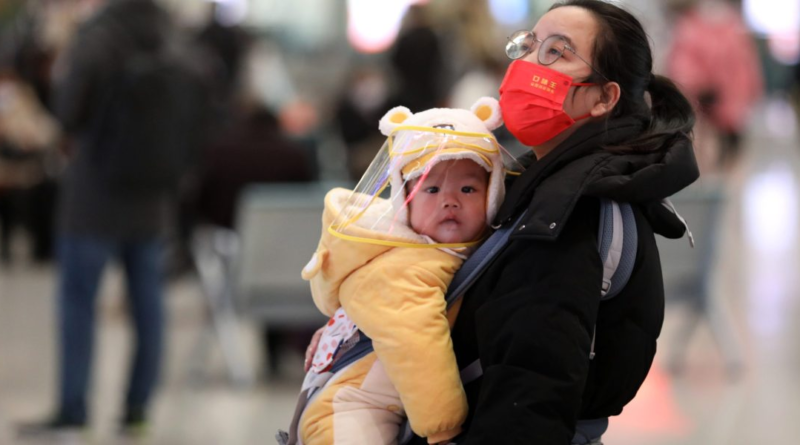China's population declines for the first time in 61 years as its millennial generation has fewer children
China’s population declined by 850,000 people in 2022, leading to a total population of 1.412 billion, down from 1.413 billion, the country’s National Bureau of Statistics reported on Tuesday. It’s the first time the country has recorded negative population growth since the Great Leap Forward in the early 1960s.
The country’s official data report 9.56 million births in 2022, a record low and a 10% drop from the year before.
Demographers have long expected China’s population to peak at some point in the coming decade, due to falling fertility rates, but China reached that point earlier than anticipated. India is expected to overtake China as the world’s most populous country this year, according to projections by the United Nations released last summer.
China now joins other Asian governments, like South Korea, Japan and Hong Kong, in confronting a shrinking population. Yet China’s demographic transition is happening at a lower level of economic development than its Asian peers, and the earlier-than-expected population peak presents a major challenge for President Xi Jinping as he begins his third term.
Beijing has tried to reverse the country’s falling fertility rate by relaxing its strict rules on family size, such as the controversial One Child Policy. In 2021, the Chinese government allowed all households to have up to three children.
The policy changes haven’t stopped the decline in China’s fertility rate. Young Chinese families want to have fewer children—if any at all—to achieve better work-life balance and limit the expense of childcare. The COVID pandemic also caused couples to delay having children, due to economic uncertainty and the disruption from China’s tough COVID-zero policy.
A shrinking population presents a major economic challenge for China. It will reduce the supply of labor, putting upward pressure on Chinese wages and increasing labor costs. As China’s population ages, the government will also have to spend more money on elder care and other social welfare systems. Experts argue that China needs to address high living costs, the expense of childcare, and poor work-life balance if it wants to encourage families to have more children.
Learn how to navigate and strengthen trust in your business with The Trust Factor, a weekly newsletter examining what leaders need to succeed. Sign up here.


